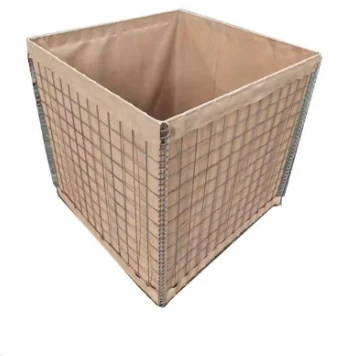Binding iron wire continues to be an essential component in various industries, from construction to agriculture, largely due to its resilience and adaptability. With extensive experience in this domain, it's notable how this material integrates utility with efficiency, enabling projects to remain cost-effective while ensuring structural integrity.

Through firsthand experience, I've witnessed how binding iron wire surpasses other materials in terms of durability and ease of use. In construction, this wire is ideal for reinforcing bars (rebars) in concrete applications where its ability to maintain tight binds without compromising the integrity of the structure is crucial. The flexibility of the wire allows it to conform to different shapes and sizes, which is particularly beneficial when working with materials that require precise alignments.
From a professional's viewpoint, understanding the various gauges and strengths of binding iron wire can significantly affect project outcomes. The wire's gauge determines its thickness, and thus its strength. Thicker wires offer more support and are suited for heavy-duty applications, whereas thinner wires are ideal for tasks requiring delicate handling. Regular testing and quality assessments ensure that the wire meets industry standards for tensile strength, which is essential for maintaining safety and performance in construction projects.

One cannot overlook the authoritative recognition of binding iron wire within agricultural domains as well.
Its use extends to securing fences and supporting grapevines in vineyards. The wire's coated variants, such as galvanized ones, provide enhanced resistance against corrosion, making it a reliable choice for outdoor use where weather conditions can be unpredictable. The longevity of these wires reduces the need for frequent replacements, thus lowering maintenance costs and ensuring a long-term solution.
binding iron wire
Trust in binding iron wire is also anchored in its reputable suppliers who ensure that the wire meets the rigorous requirements necessary for its varied applications. Leading manufacturers invest in research and development to improve the wire's resilience against environmental factors while enhancing its ergonomic qualities. Such improvements are always backed by compliance with global standards, further cementing the wire's credibility in both domestic and international markets.
It's this combination of real-world experience, professional expertise, authoritative application, and established trust that makes binding iron wire indispensable in numerous sectors. Stakeholders across industries rely on the wire’s unmatched capacity to deliver performance through consistency and reliability. As innovations continue to emerge, the future of binding iron wire seems promising, with advancements aimed at increasing its versatility and eco-friendliness.
For those new to this material, engaging with seasoned professionals and authoritative sources can provide valuable insights into optimizing its use for specific needs. Integrating feedback from field applications further enhances the wire’s ongoing development, ensuring that it remains a pivotal resource in facilitating structural and agricultural endeavors efficiently.
 TEL:
+86-13102802206
TEL:
+86-13102802206
 Email:
fencenetting@china.com
Email:
fencenetting@china.com
 Language
Language
 TEL:
+86-13102802206
TEL:
+86-13102802206
 Email:
fencenetting@china.com
Email:
fencenetting@china.com
 Language
Language



